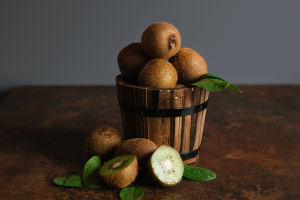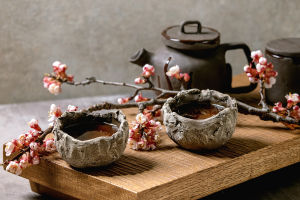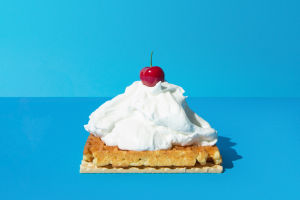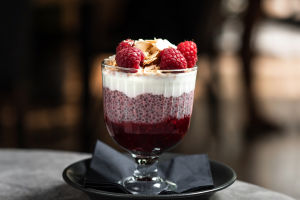
Hey Lykkers! Have you ever picked up a fuzzy green fruit in the grocery store and wondered, “Where did this come from?” We’re diving into the surprising journey of kiwifruit—a fruit that's sweet, tangy, and packed with nutrients.
Let's explore its origin, how it became a global favorite, and why it deserves a spot in our daily diet.
Where It All Began
We might think of kiwifruit as something from New Zealand, but the story starts in China. Originally called “macaque peach” or “Chinese gooseberry,” this fruit was native to the mountainous regions of central and southern China. It wasn’t until the early 20th century that kiwifruit made its way to New Zealand, where it was cultivated and eventually rebranded into the name we know today—kiwifruit.
What Does It Look Like?
Most of us are familiar with the Hayward variety, the most popular type. It’s about the size of a large chicken egg—roughly 5 to 8 cm long and 4.5 to 5.5 cm in diameter. Its skin is brown and fuzzy, while the flesh is a vibrant green or golden yellow, dotted with tiny black edible seeds. When we slice it open, it's like nature's candy: soft, juicy, and visually stunning.
The Nutrition Powerhouse
Kiwifruit isn't just delicious—it’s super nutritious. Every 100 grams packs about 61 calories, 3 grams of fiber, and 92.7 mg of vitamin C—over 100% of what we need daily! It also contains vitamin E, vitamin K, folate, and potassium. Plus, the natural sugars and dietary fiber make it a great option for a healthy snack. With more than 80% water, it's also a hydrating treat we can enjoy any time.
From China to the World
After being introduced to New Zealand in the early 1900s, kiwifruit started making a name for itself internationally. Growers in New Zealand found that the climate was perfect for cultivation, and soon they were exporting it across the globe. Today, countries like Italy, Chile, Greece, and France also grow kiwifruit commercially. But it’s still deeply rooted in its Chinese origins.
How to Enjoy It Best
We can enjoy kiwifruit in so many ways. Slice it in half and scoop it out with a spoon, or peel and chop it for fruit salads. It adds a refreshing zing to smoothies, yogurts, and desserts. It even works as a natural meat tenderizer thanks to an enzyme called actinidin—perfect for marinades. And let’s not forget, it's a great lunchbox companion for both kids and adults.
A Few Fun Facts for Lykkers
- The name “kiwi” was inspired by New Zealand’s national bird, not because they look alike, but because both are small, brown, and fuzzy.
- Golden kiwifruits are sweeter and less tangy than green ones.
- The seeds are a great source of omega-3 fatty acids.
- You can eat the skin too—it’s rich in fiber and totally safe if washed properly!
Why We Love It
Kiwifruit blends taste and nutrition like few other fruits. Whether we're looking for a vitamin boost, a new recipe idea, or just a healthy snack that’s easy to carry, this green gem delivers. Its soft texture and sweet flavor are loved by both kids and adults alike, and its origins tell a beautiful story of how something simple from nature can travel the world and win hearts.
Let’s Hear from You!
So Lykkers, have you tried green or golden kiwifruit? Do you eat it with or without the skin? Share your favorite ways to enjoy it—we’d love to hear from you! Next time you see this little fuzzy fruit, remember you’re tasting a bit of history, health, and sweetness in every bite.
Let’s keep exploring the world—one fruit at a time!
Health Benefits of Kiwi Fruit? What Is Kiwi Fruit? Nutrition Of Kiwi Fruit
Video by Whats Up Dude


